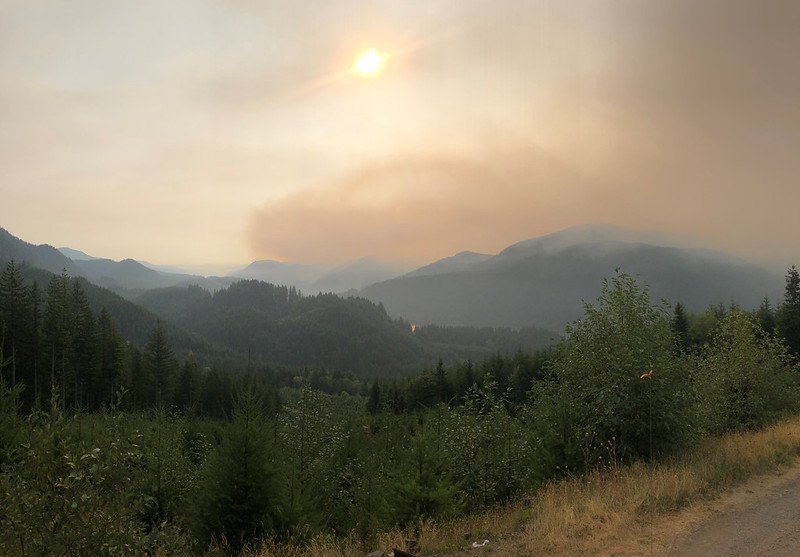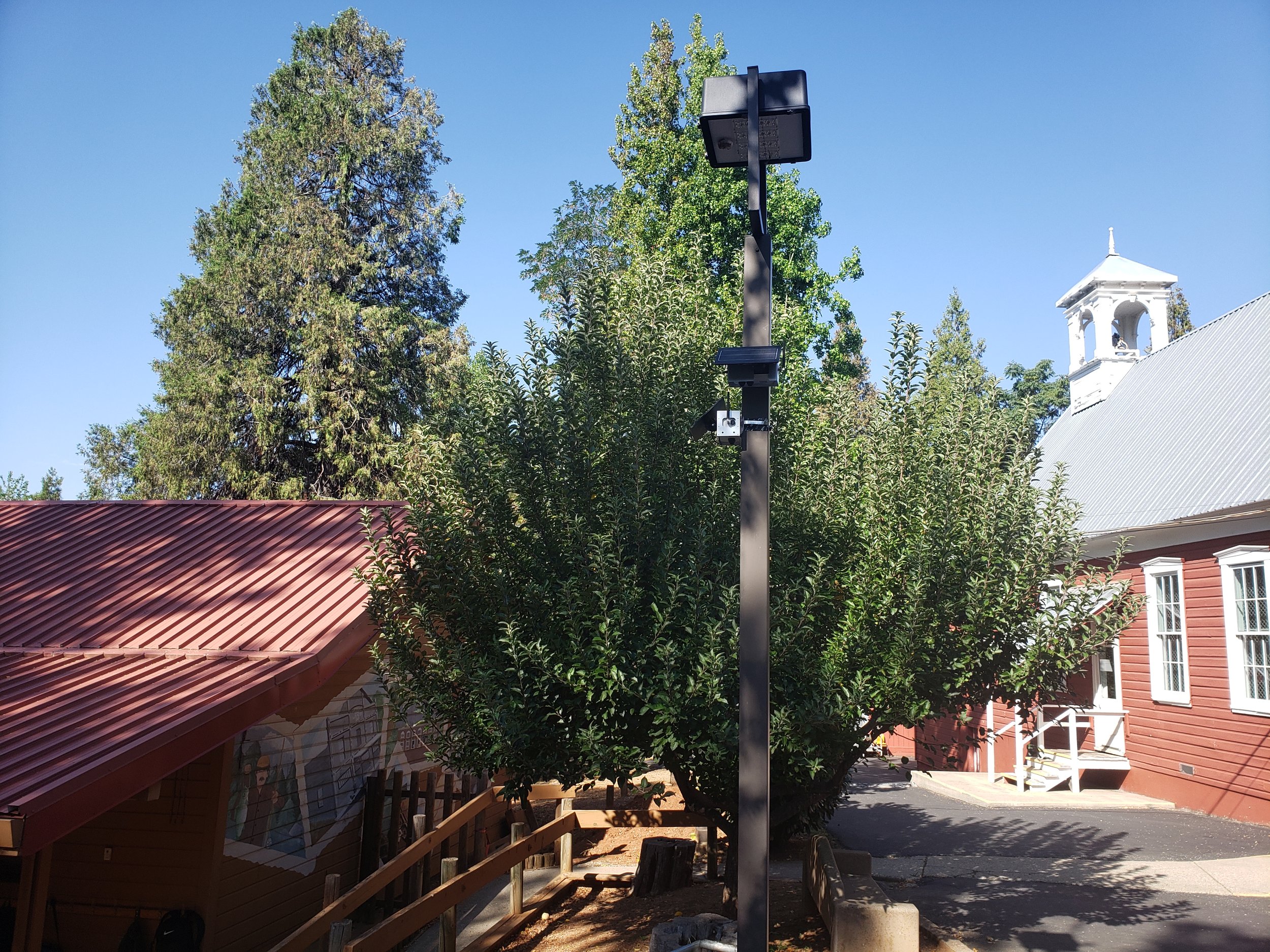Connecting the Public Health Benefits of Reduced Wildfire Smoke to Forest Restoration Activities


To support this effort, Blue Forest and the California Council on Science and Technology (CCST) were recently awarded an Innovative Finance for National Forests Grant (IFNF) to better understand the costs and benefits of reduced wildfire smoke impacts with forest management.
Written by: Phil Saksa, PhD, Co-Founder & Chief Scientist
As wildfire seasons are becoming longer and the fires themselves more severe, one of the most noticeable impacts is the increase in wildfire smoke impacting a wide range of communities, from local residents in the Wildlife Urban Interface to far away urban areas. This increase in the prevalence of smoky days has led to heightened public awareness and has many asking the question, “what can be done?”
Here at Blue Forest, we are working with partners to better understand how forest restoration work can reduce the risk of severe wildfire and decrease the associated impacts of degraded air quality from wildfire smoke.
To support this effort, Blue Forest and the California Council on Science and Technology (CCST) were recently awarded an Innovative Finance for National Forests Grant (IFNF) to better understand the costs and benefits of reduced wildfire smoke impacts with forest management.
“A growing body of scientific research is finding that wildfire smoke carries deadly health impacts far away beyond the heat and flames of a wildfire,” said CCST Senior Science Officer Dr. Teresa Feo, who co-authored a 2020 report underscoring current gaps in understanding wildfire costs. “These public health impacts from wildfire smoke represent one of the greatest societal costs of destructive, uncontrolled wildfire — costs that we still need to measure and communicate to both decision makers and community members here in California.”
Along with the IFNF award, we are working on improved air quality monitoring to better understand and communicate both the wildfire and prescribed burning smoke exposure to local communities. Through Blue Forest’s partnership with Clarity Movement Co. we have installed air quality sensors near the Yuba I and Yuba II FRB projects at the Camptonville Union Elementary School in Camptonville, CA and Yuba Environmental School Charter Academy in Dobbins, CA.

A newly-installed air quality sensor at Camptonville Union Elementary School.
“Access to trustworthy, local air quality data is essential for quantitatively demonstrating the impacts of wildfire smoke on communities and stakeholders both near active fires and far downwind. This exciting data collaboration will advance both the development of the proposed cost benefit model and continually promote the exceptional public health benefits that expanded forest management projects can provide,” said Clarity Movement’s Sean Wihera.
The sensors are part of a broader network being deployed by the Feather River Air Quality Management District (FRAMQD). “The new network will allow the District to better document how smoke is impacting our communities and allows us to be more proactive in providing alerts and advisories information to the public when needed,” said Christopher D. Brown AICP, the Air Pollution Control officer for FRAQMD.
“Being so remote, it is a challenge to have accurate data for decision making in regards to air quality and providing our students with quality data for research. These air quality sensors are vital data providers to our campus and community, serving to protect and educate our students.” said Camptonville Union Elementary School District Superintendent, Patrick Brose.
The air quality sensors also provide an opportunity for local student learning. “Our middle school students use data from the air quality monitor on our campus in their study of wildfire,” said Louise Miller, Superintendent of Yuba Environmental Science Charter Academy. “Their environmental science focus is wildfire and forest restoration. Wildfire smoke is an issue that affects their daily lives – whether they have indoor or outdoor recess. They even have a prescribed burn area on campus to demonstrate the difference between low-impact prescribed burn smoke, and high-impact wildfire smoke,” said Louise Miller, Principal/Superintendent at Yuba Environmental Science Charter Academy.
As Blue Forest continues to explore the risks, benefits, and costs associated with forest management to help address the wildfire challenge, the impacts of smoke exposure and health impacts to both rural and urban populations is measured not in millions of dollars, but billions. Recognizing catastrophic wildfire as the public health crisis it is, identifying the human and economic costs borne by even distant populations, and the outsized impacts to disadvantaged communities, is the goal of this collective partnership. By building a cost-benefit framework for forest restoration and wildfire smoke risk reduction, we can start to identify and incorporate public and private healthcare beneficiaries and resources into the collaborative support of urgently needed restoration work to address this crisis.